Two in one: articulated tanks
At the beginning of the 50 of the last century, the US military announced a competition to create a transport vehicle of an articulated circuit. The very idea of such a technique appeared earlier, but for a number of reasons it did not immediately come to practical implementation. The essence of the articulated scheme is that the car is divided into two parts, interconnected by a hinge, and as it consists of two "carts". Due to this, on rough terrain such a machine loses less contact with the surface and, as a result, moves better and more efficiently. After many years of design work, tests and comparisons, two trucks went into the series: Caterpillar M520 Goer and LTV M561 Gama Goat. The first one had four driving wheels, the second had six. The articulated design of the M520 allowed only mutual roll swing, however this also satisfied the customer. With the general similarity of the machines, the M561 had a certain advantage - the two-wheeled rear part of the car, which served as a body, could be undocked if necessary, and the hinge assembly provided the rear section with two degrees of freedom. However, such a hinge was only on prototypes - the customer considered its design too complicated, because of which the serial M561 could "fold" only in a vertical plane.
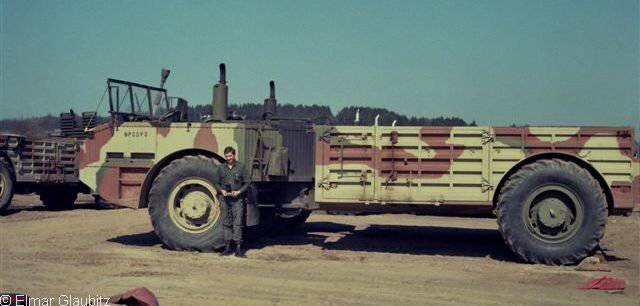
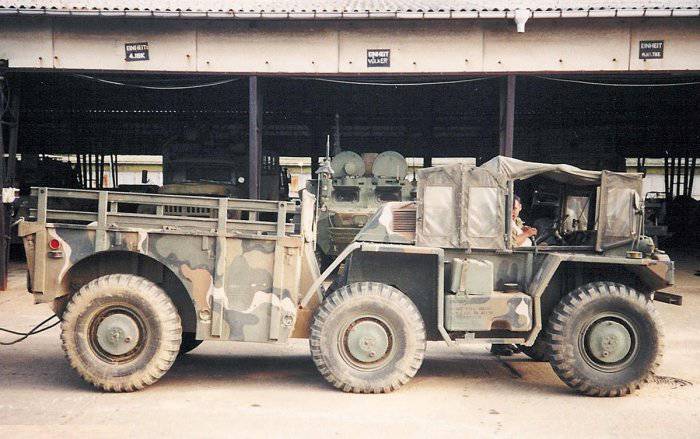
The articulated scheme was successful and promising, with which engineers outside the States did not fail to take advantage. One of the most famous articulated machines was the Bv 206, developed by the Swedish company Haegglunds (now part of BAE Systems). Various modifications of this car were delivered in several countries and even are in service with the United States. In the Soviet Union, the first all-terrain vehicle DT-10 Vityaz became the first such vehicle, on the basis of which DT-30 will later be created. Domestic cars, it must be admitted, are less common than the Swedish ones, but there is also a reason for pride: the carrying capacity of the Vityazes is 10 and 30 tons, respectively. At the same time, smaller cars are also produced in Russia: the Attack and Mammoth Wheels, the Ruslan crawler TTM-4901 and even the Corporal VAZ-2346 pickup truck, created on the basis of the well-known Niva.
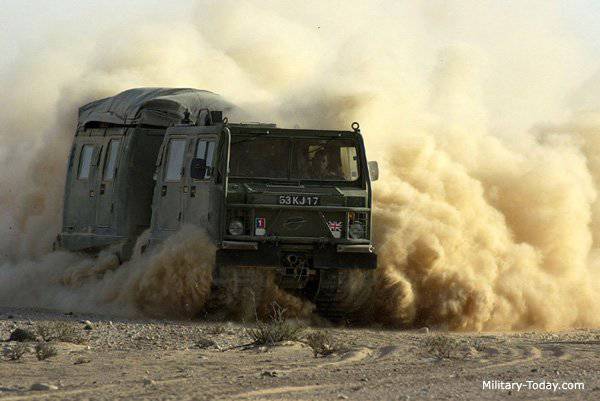
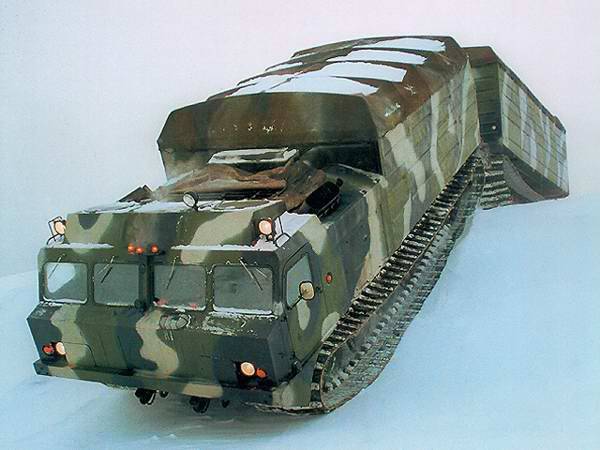
But all this is multi-purpose, not combat vehicles. The military, as you know, cling to any promising idea - the same happened with articulated transport. For quite a long time, albeit inactively, many countries have been conducting research on articulated combat vehicles. The rationale for this concept is relatively simple: a modern tank has so many components and systems that it takes a lot of effort and man-hours to build them in the hull volume. And even then, the result is not always completely convenient - you have to cut down space for the crew, then reduce the ammunition. The only way to increase the internal volume is to increase the size of the entire tank, and this is almost always impossible to go, because the existing dimensions of the armored vehicle have a justification: a high altitude increases the probability of hitting the vehicle, and the width is limited by rail transportation means. At the same time, it is possible to sacrifice some length. On a standard railway platform, you can easily install a tank up to 11 meters (we will not consider the weight of this cargo), while the length of the support part of the track of such a “panzer” can exceed 7,5-8 meters (almost twice as much as in T-72). It can be assumed that the volumes inside the armored hull will increase not by a couple of percent, but much more. However, a classic-style tank with such long tracks will lose in maneuverability the same T-72. Here it is necessary to recall the articulated scheme. In the case of a long tank, it will help divide the armored vehicle into two parts with normal-sized tracks.
Maybe the driving performance will be a little worse than that of a classic tank, but the gain in internal volumes more than compensates for this lag. However, another problem immediately arises: the volumes have grown, but now they are located in two buildings at once. The most obvious way to manage a place is to place an uninhabited fighting compartment with automatic loading and ammunition in one half of the tank, and the crew and logistics in the other. Wires and hoses that unite the systems of the car’s units can be placed on a hinge mechanism, including “on the street”, because they will be “in the shadow” of the armored hull and will be less susceptible to damage from enemy bullets and shrapnel. Another layout option requires a more complex joint, but it is considered more promising: the crew and weapons are located in the front block, the ammunition load and the weapons and military equipment are in the second. Only for such a scheme it will be necessary to equip the hitch with a special tunnel, through which the shells will be fed into the front tunnel from the laying in the rear "half-tank". It can also be located communications.
It was on the second path that the Swedish engineers who created the "tank destroyer" went. A crew of three and a Bofors 120-mm smoothbore gun were placed in the front block of the vehicle. The articulation unit, which allows half of the tank to interact in two planes, was equipped with an armored tunnel, in which they placed all the necessary communications and a conveyor for projectiles. In the rear of the armored vehicle placed the main part of the ammunition, fuel tanks and 600-strong diesel with a transmission. Together with the articulated layout, the XX-20’s fantastic appearance was imparted by a gun placed on a rocking installation, and its pyramidal mask and muzzle brake. The combat weight of the car did not exceed 25 tons, and the speed over the snow - 60 km / h (!). However, these were not the main characteristics, because XX-20 was not made for this. The maximum angle of rotation of the articulation (along the axis) was 34 ° in both planes, which allowed the tank, lifting the front block, to climb walls with a height of about 170 centimeters. Also, XX-20 overcame more than 35 ° and climbed over ditches that were more than four meters wide. Another advantage of the Swedish tank was twice less pressure on the ground than the machines of the same weight category. It is precisely because of this that XX-20 was able to “run” quite quickly in the snow.
It was planned to create a self-propelled artillery gun, an armored troop-carrier, a BMP with a troop compartment in the rear housing, a ZSU, on the basis of a dual platform, but the plans did not go further. XX-20 drove around the landfill, fired at training targets and set off for eternal parking - although potential customers praised the new wonder-tank, they didn’t want to get involved in equipment with such a high coefficient of novelty. The tank was shown at exhibitions a couple of times and the project was closed.
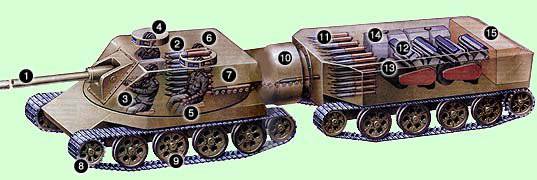
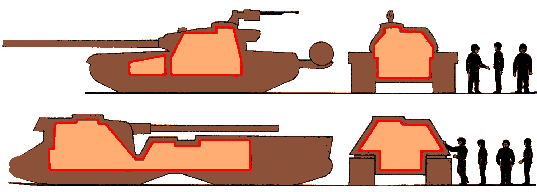
Domestic tank builders also paid attention to the articulated scheme.
- Tank "Volgograd Tractor Plant". Judging by the available diagrams and images, this unit is a self-propelled gun "Sprut-SD", divided into two blocks (three support rollers on the front and four on the rear). Perhaps, work is underway on the topic, but for some time no reports about this machine have appeared.
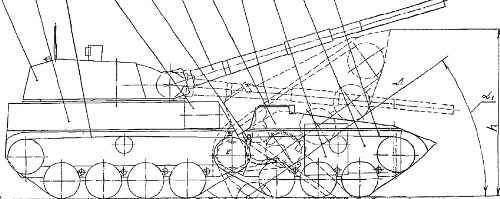
- Design R. Ulanova. In terms of its layout as a whole, this project differs little from the Swedish car and other analogs, with the exception of the original organization of the fighting compartment. In the left part of it is the crew, in the right - the main ammunition and the breech of the gun. Between the crew and weapons there is an armored partition. In 1999, Ulanov, in collaboration with the military-technical section of the cultural center of the RF Armed Forces and two departments of the All-Arms Academy of the RF Armed Forces, built a model of his tank. On testing the model, it was possible to establish the approximate driving characteristics of a full-size car and its survivability. For example, a tank can move with two working tracks out of four. It is also possible to move on one, but in this case the speed drops dramatically. The unfolding moment is parried by the mutual position of the shells.
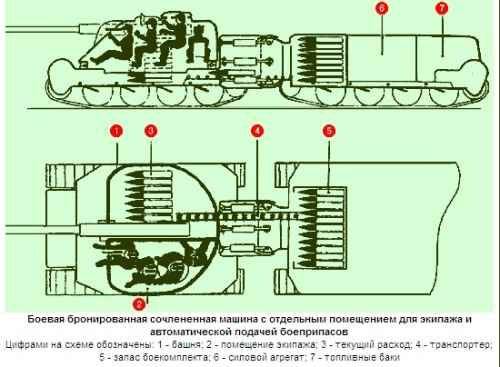
- SAU "Ural Transport Engineering Plant". The fighting compartment, unlike other similar projects, is located in the rear armored hull, and the crew and additional weapons - in the front. The workplace of the driver and MTO are available in both parts of the machine, due to which they can be operated independently. About the fate of this project, almost nothing is known.

- Theme "Arctic". Unified two-link tracked platform, created by Uralvagonzavod. Demonstrated in 2011 year at the show in Bronnitsy. On the basis of the "Arctic" can be created BTR, infantry fighting vehicle or BMPT. In the latter case, the machine’s weapon system will be similar to that used on the “199 Object”, also known as “Frame” or “Terminator”. Recently there were reports that the first equipment based on the "Arctic" will go to the troops already in 2015 year.
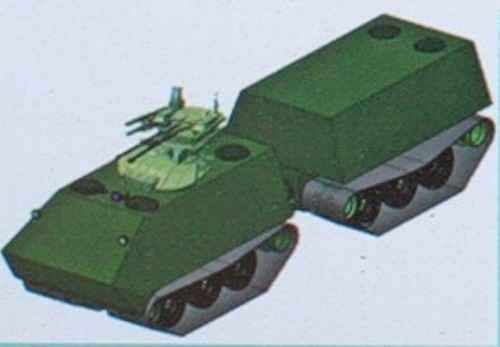
Undoubtedly, the articulated scheme has the right to life, not only in transport equipment, but also in combat. However, to create a full-fledged combat vehicles, consisting of two parts, requires a solid investment of money, time and effort. Firstly, the development and construction of a new tank is not easy in itself, and secondly, besides the creation of a vehicle, it must be entered into the system of troops. Those. it is required to train personnel to use and maintain new equipment, to create the necessary technical base, etc. I would like to hope that such promising designs as articulated tanks will still go to the troops. But so far, despite reports of the "Arctic", this can not be said as a fait accompli - the new armored vehicles must fit into the existing system.
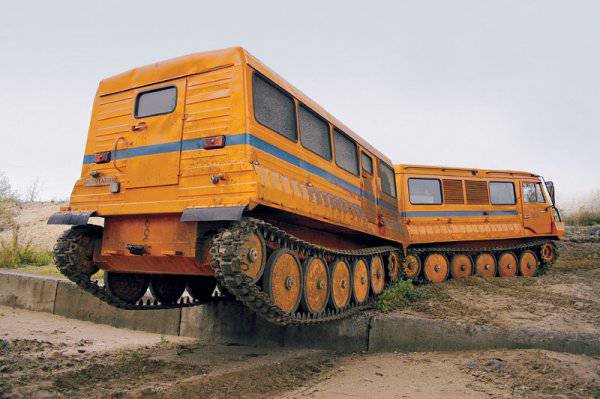
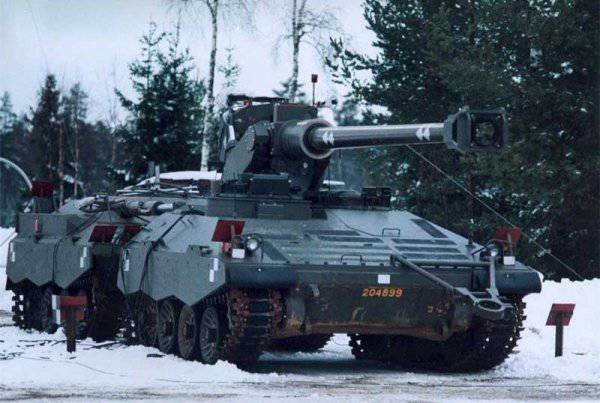
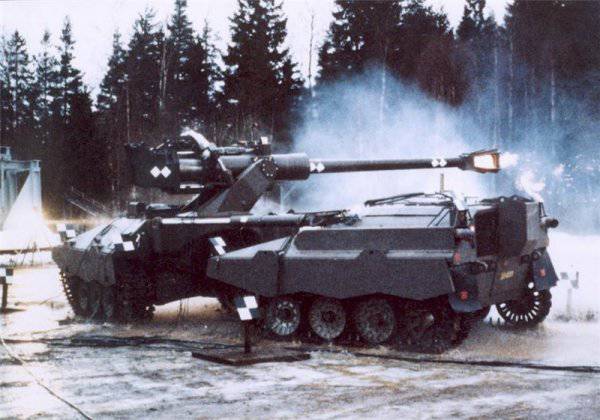

Information